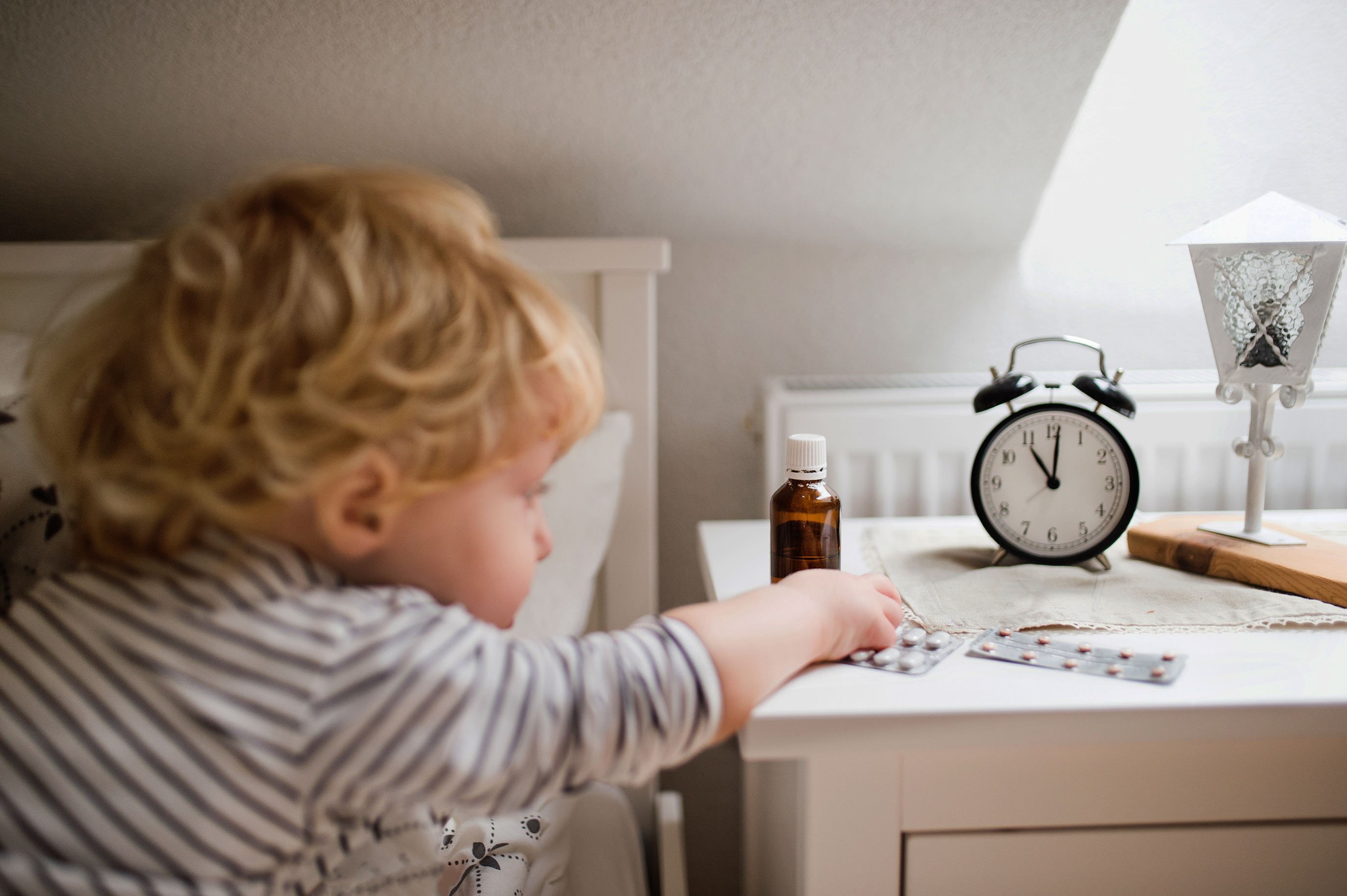Some of the everyday items you have at home could be poisonous to you or your child. Find more information about each type of hazard, including poisoning risk, treatment at home, and when to seek medical attention, in the dropdowns below.

Description
Ant traps often contain boric acid (as the ant-killer component) and peanut butter (as bait). In taste/exploratory ingestions in children, boric acid can cause irritant effects but rarely results in poisoning. Due to peanut butter component, these traps can also be hazardous to people with nut allergies.
Poisoning risk
Low.
Expected symptoms
- Mild oral irritation.
- Possible upset stomach (discomfort, nausea, isolated episode of vomiting or diarrhea).
Home treatment
- Provide something to drink for dilution.
- Call the Poison Centre for further advice.
Remember:
- Every case is different. OPC is available 24hrs/day to provide information for your individual situation. Call 1-800-268-9017 (Toll-free) or 416-813-5900 (Local).
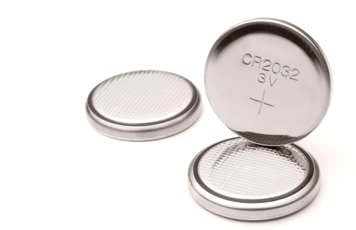
Description
Batteries come in many shapes and sizes and can be found in a variety of toys and household appliances. If someone has swallowed ANY battery, there is no role for home management. The person must be assessed in an emergency department. A swallowed button battery can burn through a child’s esophagus in just 2 hours.
Poisoning risk
Caustic: can cause chemical burns.
Expected symptoms
- Can range from mild oral irritation if chewed on, to corrosive injury and burns.
Home treatment
- If swallowed, go to nearest Emergency Department for an X-ray to locate battery.
- If button battery is swallowed, call the Poison Centre for further advice: children over 12 months old who are able to swallow can be given honey at home and while en route to the hospital. Give 2 teaspoons every 10 minutes for up to 6 doses. Do not give anything else by mouth.
- If a battery has been chewed on but is intact, provide sips of water to drink and call the Poison Centre for further advice.
Remember:
- Extra batteries should be locked up and out of sight with all of your other household hazards.
- Ensure battery-operated toys and appliances are intact.
- Every case is different. OPC is available 24hrs/day to provide information for your individual situation. Call 1-800-268-9017 (Toll-free) or 416-813-5900 (Local).
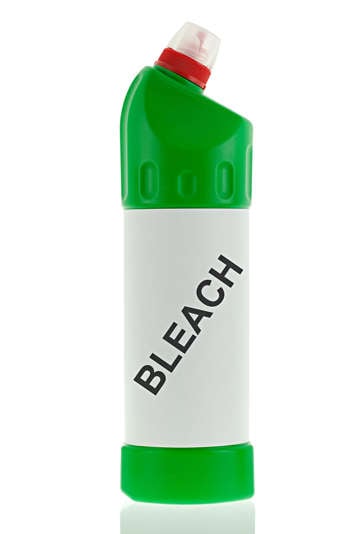
Description
Household bleach contains a chemical called sodium hypochlorite, usually in concentrations greater than 10%.
Bleach is irritating to the skin, mucous membranes and gastrointestinal tract. Important: When bleach is mixed with acid (e.g., vinegar, toilet bowl cleaners) it creates chlorine gas. When bleach is mixed with an ammonia product, it creates chloramine gas. Both of these gases are very irritating to inhale and can cause coughing, chest tightness, wheezing and headache. If this occurs, ventilate the area (i.e. open a window) and move to fresh air. Call the Poison Centre right away for treatment advice.
Poisoning risk
Low in small, unintentional exposures.
Expected symptoms
- Small, unintentional ingestions (ex/ 1-2 mouthfuls) can cause mouth/throat irritation, upset stomach (discomfort, nausea, vomiting, diarrhea).
- Larger amounts, or more concentrated products can cause burns and poisoning.
Home treatment
- Provide sips of water to drink for dilution.
- For eye exposures, rinse eyes for at least 15 minutes with lukewarm water.
- For inhalation exposures, open windows to ventilate space and go outside for fresh air.
- Call the Poison Centre for further advice.
- If you or someone else is having difficulty breathing despite getting fresh air, call 911.
Remember:
- This product should be locked up and out of sight with all of your other household hazards.
- Always keep this product in its original container.
- Every case is different. OPC is available 24hrs/day to provide information for your individual situation. Call 1-800-268-9017 (Toll-free) or 416-813-5900 (Local).
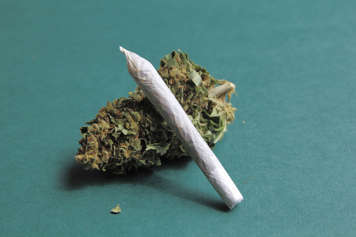
Description
Cannabis can be consumed through smoking, vaporizing the plant-based product, or through edibles (store-bought and home-made candy, oils or baked goods). The amount of THC (the chemical that causes the “high” effect) in edibles can be highly variable, especially in unregulated products. Unregulated means that the products do not come from an authorized provincial or territorial seller.
Poisoning risk
High in children: they are more at risk for severe poisoning. Ingestions can be life-threatening.
Expected symptoms
- Can range from mild drowsiness to coma.
Home treatment
- If a child has ingested a cannabis-containing product, take them to nearest emergency department.
- If an adult has had an unintentional exposure to cannabis and is concerned, call the Poison Centre for further advice.
Remember:
- This product should be locked up and out of sight with all of your other household hazards and medicines.
- Every case is different. OPC is available 24hrs/day to provide information for your individual situation. Call 1-800-268-9017 (Toll-free) or 416-813-5900 (Local).

Description
Compact Fluorescent Lamps (CFL) use mercury, which can be highly toxic when the heated vapour is inhaled. However, the risk of inhalation is small at room temperature. In addition, the amount of mercury in these bulbs is very small and a broken bulb poses a very low risk to your health, unless mishandled or carelessly stored.
Poisoning risk
None/low with appropriate clean-up measures.
Expected symptoms
- Mild/moderate mercury poisoning (not expected from this exposure): cough, shortness of breath, lethargy, headache, tremors, nausea, vomiting, diarrhea.
Home treatment
- Leave room and ventilate area for at least 15 minutes.
- Do not use a vacuum or broom.
- Wear disposable gloves if available.
- Scoop up the broken pieces and debris with two pieces of stiff paper or cardboard.
- Use a sticky tape to pick up any remaining fine glass or powder.
- Wipe the area with a damp paper towel.
- Place broken glass and cleanup materials in a glass container with a tight-fitting lid, and take to local hazardous waste depot.
- If you have questions, call the Poison Centre.
*Note: For carpeted surfaces, visit the Health Canada website for more information.
Remember:
- Every case is different. OPC is available 24hrs/day to provide information for your individual situation. Call 1-800-268-9017 (Toll-free) or 416-813-5900 (Local).

Description
Crayons are made of a paraffin wax and small amounts of dye and are commonly sampled by children. They are not toxic; however they can pose a choking risk.
Poisoning risk
None.
Expected symptoms
- Possible mild laxative effect as it passes through the system (causing diarrhea or loose stool).
Home treatment
- Provide something to drink for dilution.
- If you have questions, call the Poison Centre.
- If your child is choking, call 911.
Remember:
- Every case is different. OPC is available 24hrs/day to provide information for your individual situation. Call 1-800-268-9017 (Toll-free) or 416-813-5900 (Local).
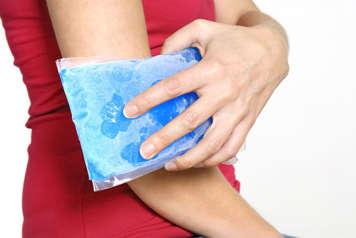
Description
Ice packs and gel freezer packs are used often for applying to injuries or for keeping lunch boxes cool. Curious children may be drawn to their bright colours/interesting texture, and sample some of the contents if leaking. The contents in these packs are generally non-toxic and can include cellulose and additives including water, preservatives, sodium chloride, minerals, or dye.
Poisoning risk
Low.
Expected symptoms
- Possible upset stomach (discomfort, nausea, isolated episode of vomiting or diarrhea).
Home treatment
- Provide something to drink for dilution.
- If you have questions, call the Poison Centre.
Remember:
- Every case is different. OPC is available 24hrs/day to provide information for your individual situation. Call 1-800-268-9017 (Toll-free) or 416-813-5900 (Local).
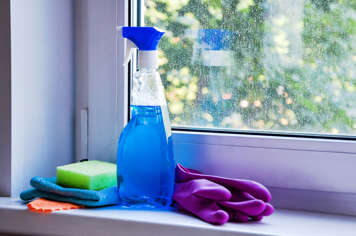
Description
Glass cleaning products are often brightly coloured and can be appealing to children. They usually contain solvents, surfactants and ammonia to clean glass surfaces. Small ingestions and skin exposures can cause irritant effects. Remember: do not mix with any other cleaning products. The chemicals can react and create irritating fumes.
Poisoning risk
Dependent on the amount swallowed.
Low for small exposures.
Expected symptoms
- Possible upset stomach (discomfort, nausea, isolated episode of vomiting or diarrhea).
Home treatment
- Provide something to drink for dilution.
- For eye exposures, rinse eyes for at least 15 minutes with lukewarm water.
- Call the Poison Centre for further advice.
Remember:
- This product should be locked up and out of sight with all your other household medicines.
- Always keep this product in its original container.
- Every case is different. OPC is available 24hrs/day to provide information for your individual situation. Call 1-800-268-9017 (Toll-free) or 416-813-5900 (Local).

Description
Laundry detergent can come in liquid, powder or pod/tablet form. These products are usually brightly coloured and may look like candy to young children. Laundry pods are generally more concentrated, and the contents can burst into a child’s mouth if it is bitten into. Most unintentional ingestions result in irritation only.
Poisoning risk
Dependent on amount ingested.
Low for small, taste amounts.
Higher for larger ingestions or prolonged exposures, or if pod is bitten into.
Expected symptoms
- Mild oral/throat irritation in taste amounts.
- Larger amounts: upset stomach (discomfort, nausea, vomiting, diarrhea).
- Potential for burns.
Home treatment
- Wash exposed skin with soap and water.
- Provide sips of water to drink for dilution.
- For eye exposures, rinse eyes for at least 15 minutes with lukewarm water.
- Call the Poison Centre for further advice.
*Note: There have been some reports of serious toxicity after unintentional ingestion of these products. In these cases, young children quickly developed severe vomiting, progressive sleepiness and breathing problems. If any of these symptoms are observed, call 911.
Remember:
- This product should be locked up and out of sight with all of your other household hazards.
- Always keep this product in its original container.
- Every case is different. OPC is available 24hrs/day to provide information for your individual situation. Call 1-800-268-9017 (Toll-free) or 416-813-5900 (Local).
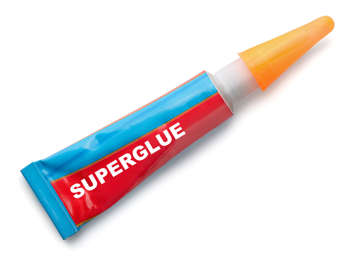
Description
The adhesive ingredient in super glue is called cyanoacrylate. When applied it bonds very quickly and transforms to a plastic state when dried/cured. If glue is accidentally dried on the skin, it will not cause poisoning. It may just take some time for it to completely wear off. If the glue gets in the mouth, the liquid becomes a solid very quickly and can cause choking.
Poisoning risk
Low.
Expected symptoms
- Skin-to-skin or skin-to-object adherence (they become stuck together)
Home treatment
- If dried glue is on the skin, can leave it alone to wear off or soak the affected skin surfaces in warm water.
- If skin surfaces are glued together, prolonged soaking of the affected body parts in water may soften bond and separate tissue surfaces. This may take several hours.
- Do not pull the skin apart as bleeding can result.
- Mineral oil, vegetable oil or petroleum jelly aids in the removal of cyanoacrylates from tender skin areas or around the eyes.
- If superglue gets in the eye and eyelids are not stuck together, rinse with lukewarm water.
- If eyelids are stuck together, do not use alcohol, acetone or any other chemical near the eye. Apply warm compress over the eye and call the Poison Centre for further advice.
Remember:
- Every case is different. OPC is available 24hrs/day to provide information for your individual situation. Call 1-800-268-9017 (Toll-free) or 416-813-5900 (Local).
